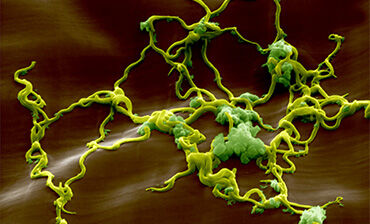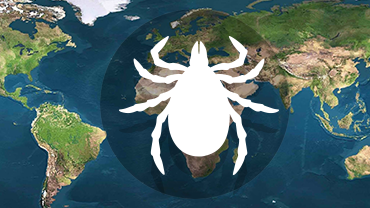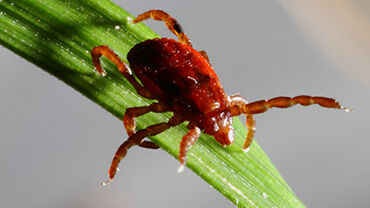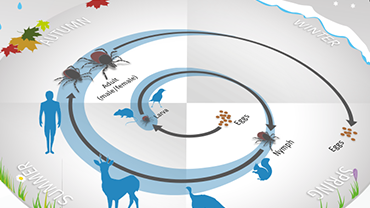Borreliosis (Lyme disease)

Borreliosis, also known as Lyme disease, is caused by the bacterium Borrelia burgdorferi and is transmitted to humans by the bite of infected ticks. Ticks become infected when they feed on birds or mammals that carry the bacterium in their blood. The disease can be found mainly in Europe, North America and temperate Asia.
Typical symptoms include fever, headache, fatigue, and a characteristic skin rash called erythema migrans. This rash occurs in approximately 60–80% of infected persons and begins at the site of a tick bite after a delay of 3–30 days. A distinctive feature of the rash is that it gradually expands peripherally over a period of several days.
If left untreated, infection can spread to joints, the heart, and the nervous system. Most cases of Borreliosis can be treated successfully with a few weeks of antibiotics.
No vaccine against Borreliosis is currently available, so tick awareness, appropriate clothing in tick-infested areas, and early removal of attached ticks remain the most important prevention measures.






